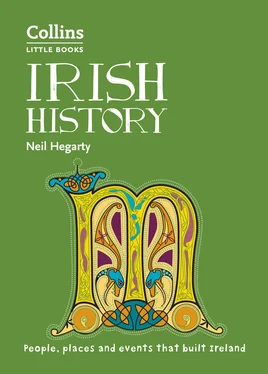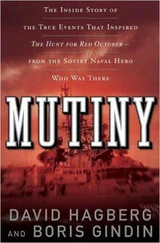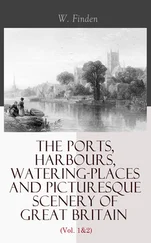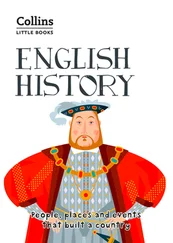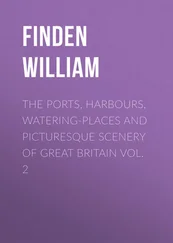Ancient Ireland was a place of conflict and struggle, but it was also characterized by intense artistry and creativity. The National Gallery of Ireland’s collection provides evidence of this creativity in the form of an immense treasury of Irish gold: jewellery, sheet gold, lunulae and torcs (golden collars or rings), bracelets and earrings – much of it highly and cleverly decorated. Gold was panned from the rivers of Ireland, particularly those flowing from the uplands where seams were known to exist, such as the Wicklow Mountains in Leinster and the Sperrin Mountains in Ulster. Much of this worked gold was buried, plundered, or dispersed over the years – and uncovered by accident. One startling find was the Broighter Hoard, revealed in 1896 by a farmer ploughing his fields on the edge of Lough Foyle in County Derry. He discovered a wooden box filled with gold from the first century BC, including the Broighter Torc and other ornaments, plus the Broighter Boat, fragile but intact and fashioned exquisitely. The hoard is speculated to have been a votive offering to the sea god Manannán Mac Lir, and sunk into what had been the ancient sea-bed.
Hibernia and Rome
By the third century BC, classical maps featured Ierne, an island on the edge of the world, and by the beginning of the first millennium, Ierne was the Roman Hibernia : land of winter. Yet Ireland was not on the margins of knowledge – on the contrary: trading routes encompassed the shores of the Atlantic islands, and Ireland exported animal skins, cattle, butter, and wolfhounds. The Romans, then, had a good working knowledge of Ireland, but there was no great incentive to conquer the island. Hibernia was – more or less – manageable from afar, despite the occasional raids by Irish pirates and slavers on the western coasts of the new Roman province of Britannia. History glimpses only one moment when the Romans contemplated an invasion of Ireland: in AD 82, Tacitus speaks of an Irish prince who travelled to Britannia to enlist the military assistance of the Roman general Agricola in resolving a dispute at home. Agricola maintained a fleet in south-west Scotland, from where the coasts of Hibernia were clearly visible – but his attention was diverted by a Scottish uprising. Roman legions would never cross the sea to Ireland.

Before Christianity
The prince who had enlisted the assistance of Agricola was one of many such leaders, for Ireland at this time was divided into a series of kingdoms or túatha , the borders of which fluctuated ceaselessly. The túatha did from time to time federate into larger entities, but these too were subject to continual change. Even the five historic provinces of Ulster, Munster, Leinster, Connacht, and Meath were by no means constant fixtures on the political scene. There was certainly no conception of a centralized state, and yet there was the sense of a collective identity. Significantly, the Irish word for a province was cúige , meaning a fifth, thus implying the presence or existence of a whole. In social and economic terms, these were intensely hierarchical societies: power flowed from the king through the scribes and poets – whose influence in an oral culture was considerable – down to the landless serfs. Laws were pervasive and byzantine, governing every aspect of life, and so, in spite of political turmoil and competition, life in Ireland was inherently deeply stable and organized. This was a society in which each individual knew their place.
Palladius: the ‘first Patrick’
By the second half of the fourth century AD, a small but established Christian community was in existence in Ireland. It was focused in the south-eastern corner of the country: that part of the island most in contact with the ebb and flow of power and culture in the Roman world, and with the doctrinal disputes that regularly convulsed early Christendom. Indeed, it was to ensure the doctrinal purity of Ireland’s Christian community that Celestine I, Pope from 422–432, dispatched the first envoy to Ireland. As the historian Prosper of Aquitaine put it: ‘To the Irish believing in Christ, Palladius, having been ordained by Pope Celestine, is sent as first bishop.’ Palladius landed with a small group of companions on the coast of what is now County Wicklow around AD 428, and ministered largely in this part of the country. But Palladius’ sojourn was brief: he was unable to navigate the mazes of Irish political life, fell out of favour with local Irish kings – and within three years had departed Ireland for Scotland. Though remembered in local folk culture, Palladius and his legacy have been almost entirely erased from official Irish histories.
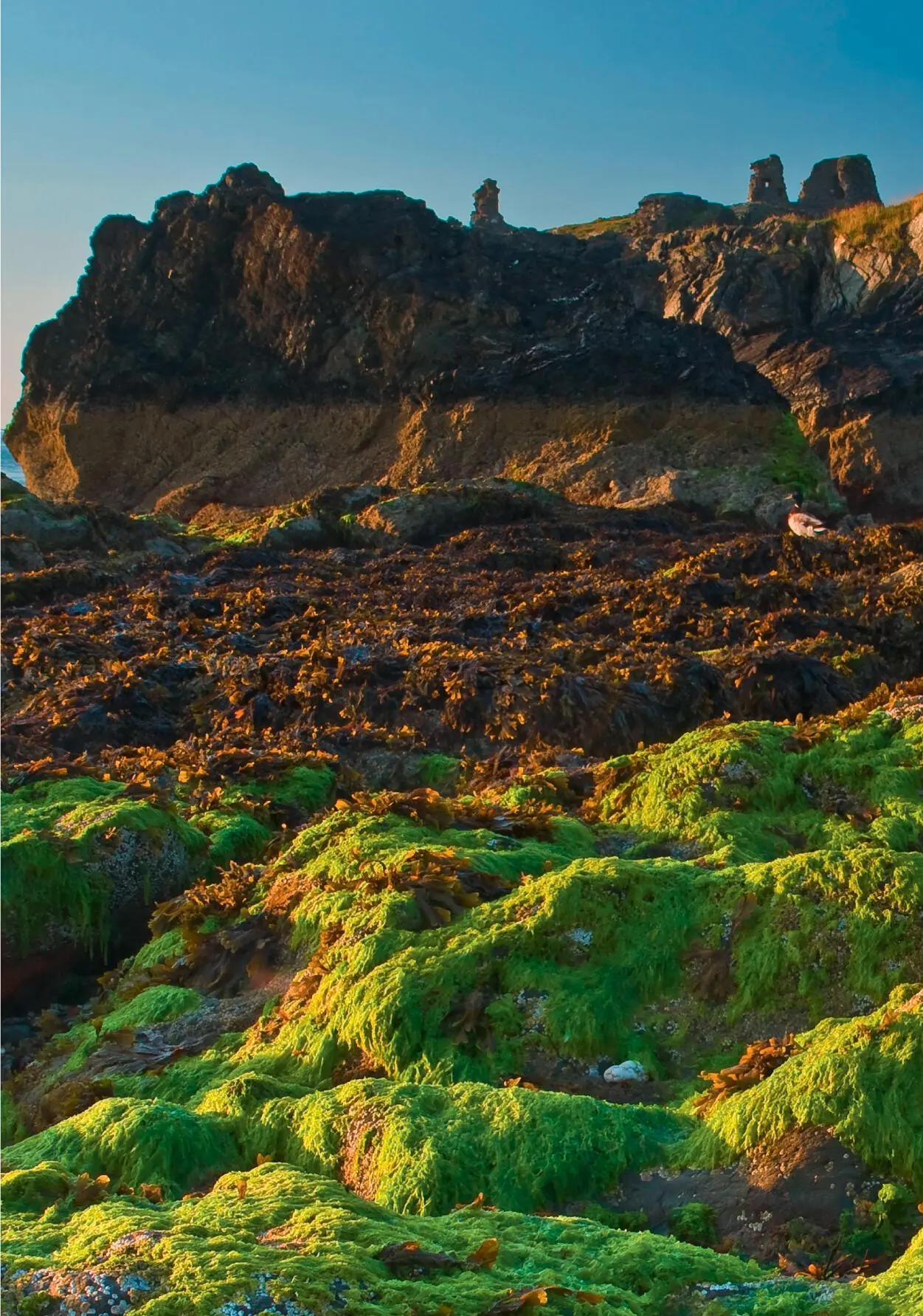
Patrick: myth and reality
Few historical figures loom larger in Irish history than Patrick: patron saint, evangelist, and politician. He grew up in late Roman Britain, early in the fifth century AD. The standard stories speak of his capture by Irish slavers, who brought him to Ireland. Here he was put to work as a goatherd for some years before eventually making his way home to Britain; later, the adult Patrick returned to an ostensibly pagan Ireland to spread the Good News, and convert the Irish to Christianity. As we know, some of this story is untrue, for Christianity had established itself well before Patrick’s arrival, but his ministry was influential. He was a vigorous and skilled communicator, for example deploying the existing Irish practice of worshipping gods in groups of three in order to explain the Christian doctrine of the Trinity. He had, moreover, political skills absent in Palladius: he was able to enlist the powerful Irish kings to his cause, thus rapidly building a following across the land. By the time of his death late in the fifth century, Christianity had imprinted itself indelibly across the land.
The silvery peak of Croagh Patrick rises to 764 metres, and overlooks the island-flecked expanse of Clew Bay in west County Mayo. The mountain is nicknamed the ‘Reek’, and it has long been a significant place of pilgrimage in Ireland. On Reek Sunday – the last Sunday in July each year – thousands of walkers (some of them barefoot) climb the mountain and attend a Christian service in the small chapel on its summit. The Reek itself owes its importance to Patrick – the saint is said to have spent forty days fasting on the mountain in AD 441 – and the summer pilgrimage has survived for centuries. Nor is Croagh Patrick the only significant place of Patrician pilgrimage in Ireland today. County Donegal is home to St Patrick’s Purgatory on Station Island in Lough Derg, which similarly has been a sacred site for hundreds of years. Patrick’s remains are said to lie in Down Cathedral in County Down; and a statue of the saint stands on the Hill of Slane in County Meath, where Patrick is said to have lit the Easter Flame, or Paschal Flame, thus ushering in the age of Irish Christianity.
The collapse of the Roman Empire in western Europe may not have led to the ‘Dark Ages’ of myth, but it did contribute to a steep decline in cultural activity and written records. In Ireland, conversely, these years saw a startling flowering in creativity – the result of the spread of Christianity and the establishment of great monasteries across the land. As the existing oral culture gave way to the written word, so copious records began to be kept detailing every aspect of life. In scriptoria up and down Ireland, monks created the famous ‘illuminated’ manuscripts, which stand today as exemplars of Ireland’s status as a place of ‘saints and scholars’. The monasteries fulfilled many significant functions: they maintained social stability; provided housing, health services, and places of incarceration; acted as places of education; and, not least, fuelled economic growth, as they directed and channelled the agricultural output of their district. Such great monasteries as Clonmacnoise, on the river Shannon in County Offaly, were famous across Europe, and from its quays, goods flowed across Ireland. The abbots of such institutions became key players and arbiters of power and authority on the local political scene.
Читать дальше
